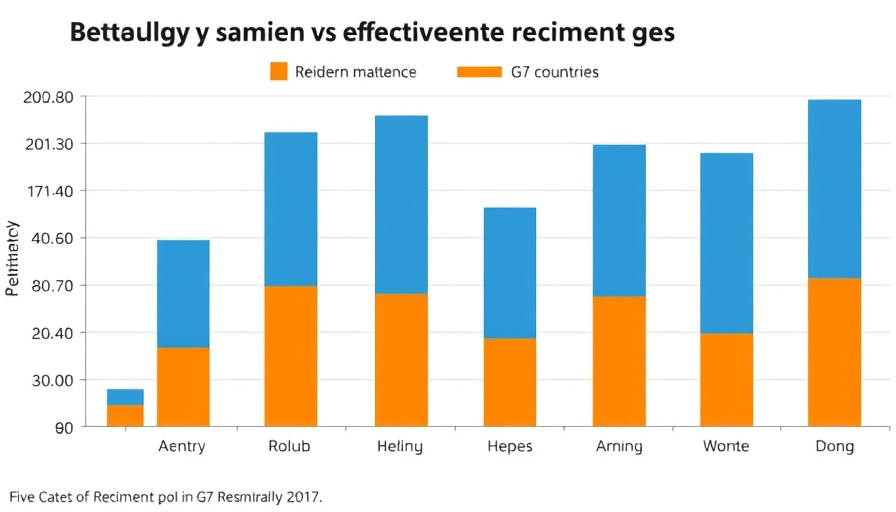
Standardization of CEO Pay: A Double-Edged Sword
In recent years, corporate boards worldwide have adopted a trend of benchmarking CEO compensation against their peers, leading to alarming similarities in pay structures. A study from Virginia Tech highlights how CEO salaries, bonuses, and other incentives have become 24% more uniform since 2006. This rise in conformity raises critical questions about its long-term impact on company performance and shareholder value.
The Pressure to Conform: Risking Performance
The study’s author, Felipe Cabezón, emphasizes that the pressure for boards to align their compensation strategies is driven by investor demands and transparency. While greater pay transparency can enforce accountability within organizations, it may inadvertently promote a culture of mimicry where companies prioritize conformity over tailored compensation strategies that actually motivate performance.
Understanding the Performance Impact
This standardization may dilute the connection between executive pay and company performance. With more conventional pay packages, firms face weaker alignment with the specific incentives necessary to drive business success. This is particularly concerning for organizations aiming to cultivate a high-performance culture, where employee engagement and workforce optimization are priorities.
Case Studies: PayPal and Cigna's Divergent Approaches
Take, for instance, PayPal, which has recently adopted major pay packages for its new executives, citing peer compensation as a benchmark. Conversely, Cigna makes executive compensation contingent upon customer satisfaction and financial performance, demonstrating a more tailored approach. These different strategies raise questions: Does a competitive compensation strategy lead to better employee performance and organizational health?
Investing in a Performance-Driven Culture
Forward-thinking organizations must ask themselves: How can they align CEO compensation to drive not just shareholder value but also employee performance? By adopting a people-first leadership approach, firms can create succession planning strategies that emphasize talent management and leadership development. This involves rethinking HR metrics and ensuring that employee engagement is central to their strategy.
The findings from the Virginia Tech study should serve as a wake-up call for CHROs and operational leaders. As they consider workforce strategies and employee retention strategies, they must ensure their compensation models inspire performance rather than complacency. It's time to rethink how compensation can bolster not just individual leaders but the entire organization.
 Add Row
Add Row  Add
Add 




Write A Comment